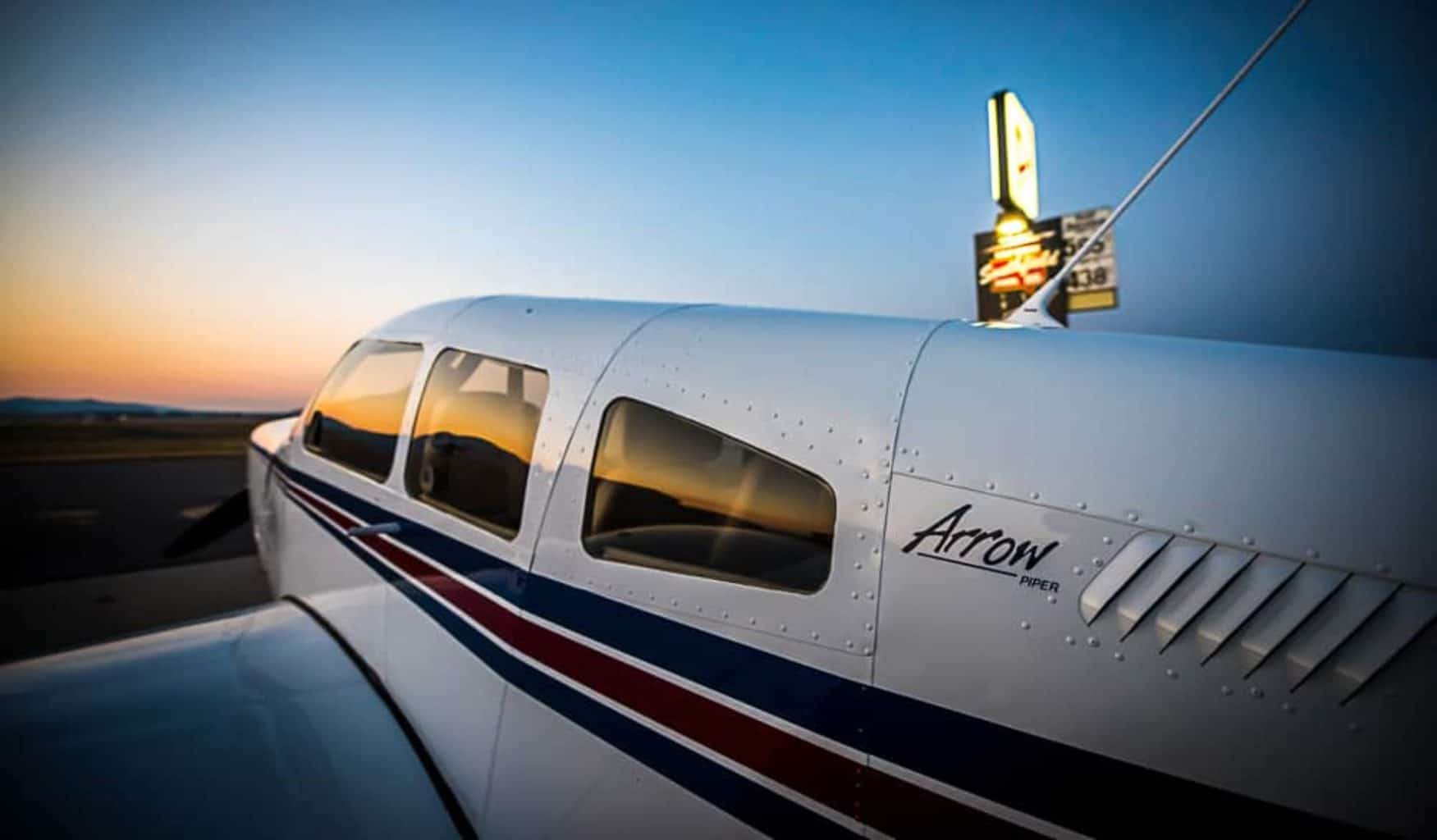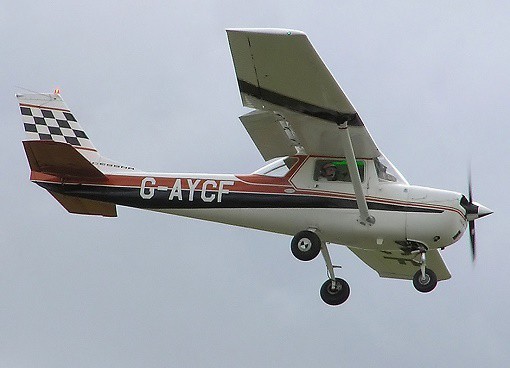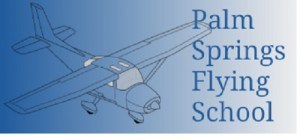Methods of Aircraft Crosswind Landings
Most aircraft accidents usually happen during take-off or landing phases of a flight. Wind has a huge effect on the way an aircraft lands and takes off and it can be influenced to some extent. It is always a change especially when the wind changes to a crosswind and they have to do crosswind landings. It ought to be done right and hence every pilot ought to practice hard to get it right using some of the methods below:
Handling crosswind landings can be an uphill task especially for a new pilot who is not well versed with it. There are usually two methods that are used to approach a runway when there is a crosswind. These are the crab method or wing down/slip method.
Crab Method – It seems easier to do but it is difficult to master it. You should approach the runway while flying with your nose into the wind just like always. If you would not be able to do this, then it would be advisable to go to another airport that is favorable. The aircraft will not slip in this method and the passengers will be seated comfortably without leaning sideways. The difficult part of this method is during the final landing touchdown. As the pilot, you need to line the aircraft with the runway and your bank and rudder into the wind. This will compensate for the crosswinds before you touchdown and the speed reduces.
The aircraft will at this juncture change to a wing down situation and your touchdown will have been accomplished. Remember to keep the yoke/stick in the wind all through the taxi and roll out. You should also maintain some power during the touchdown since the wing down method brings about more drag.
Sideslip/Wing Down Method – This method will require the pilot to fly the aircraft while lined to the runway and also banked in the wind as it turns to the final, this will let the aircraft slip consequently increasing the stall speed. There are some pilots who find this easy but in case turbulence is encountered, the yoke or stick control could probably not be enough to defy it. An approach that will be stable could also not be maintained.
If this were to happen, then the plane would be blown away from its center line and this could force it to abort landing altogether. You as the pilot and your passengers could be forced to lean towards the plane’s low side which is not comfortable and the fuel also leans that way. It is risky as it could lead to a problem if the tanks happened to have low fuel levels, fuel could be pushed out and maybe starve the engine. Full tanks can force fuel out through the vents draining it overboard.
The above two methods are the most common methods used in aircraft crosswind landings.


